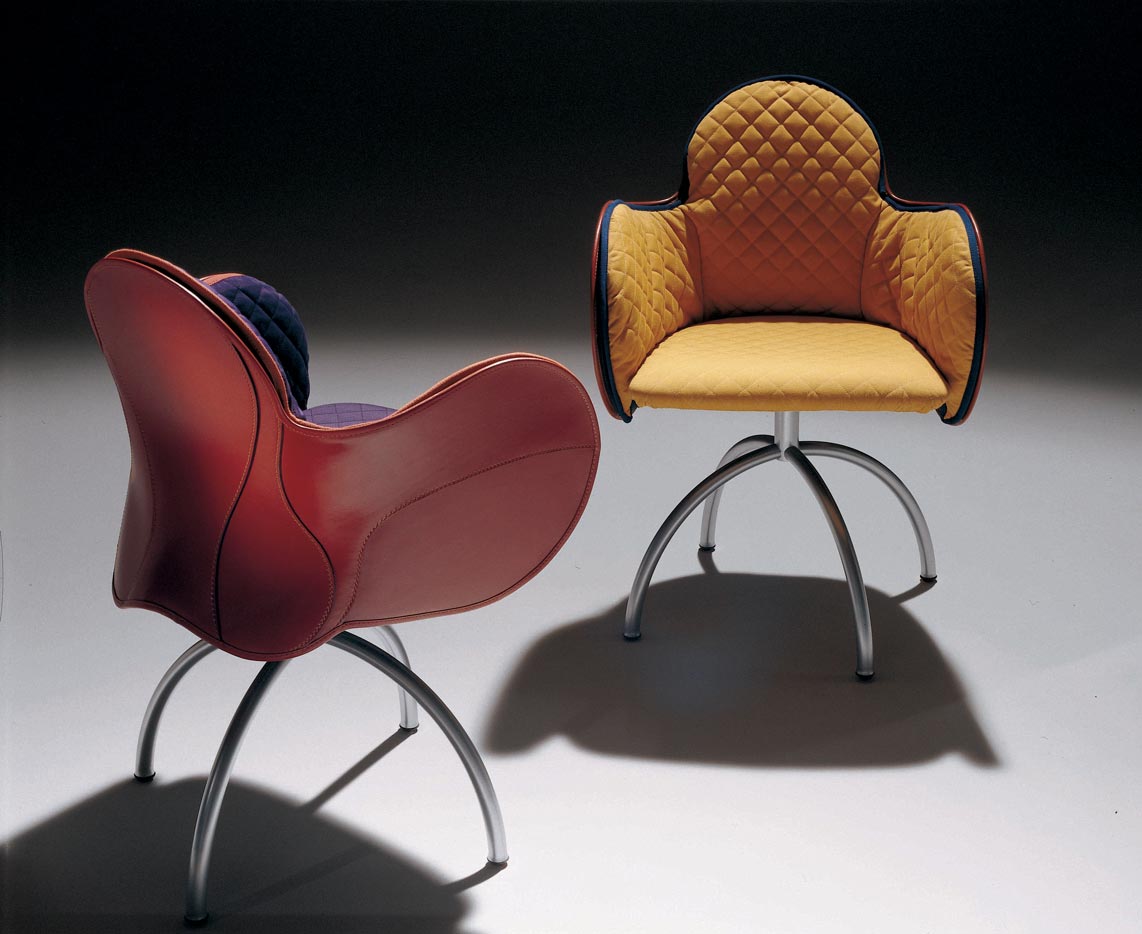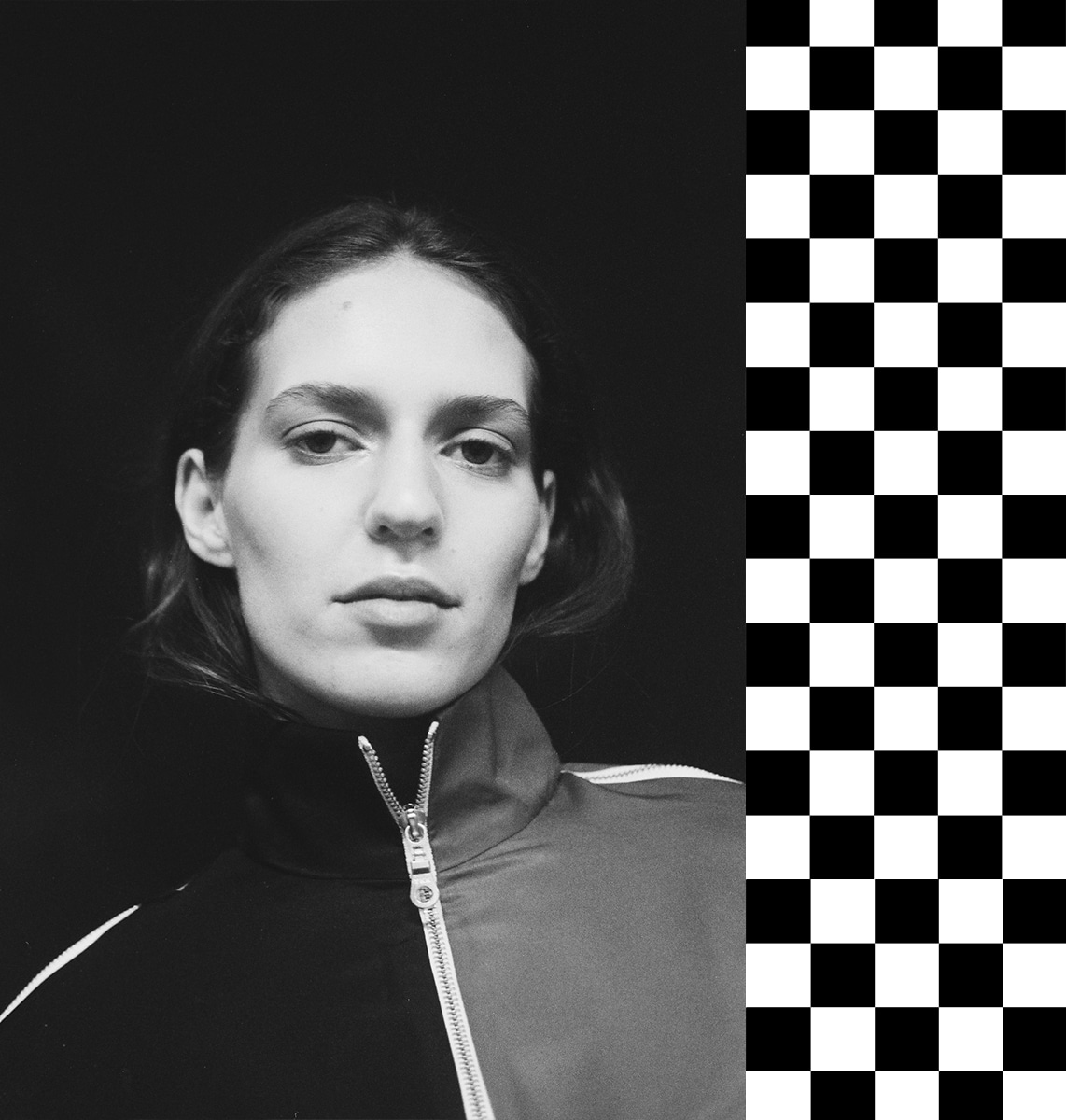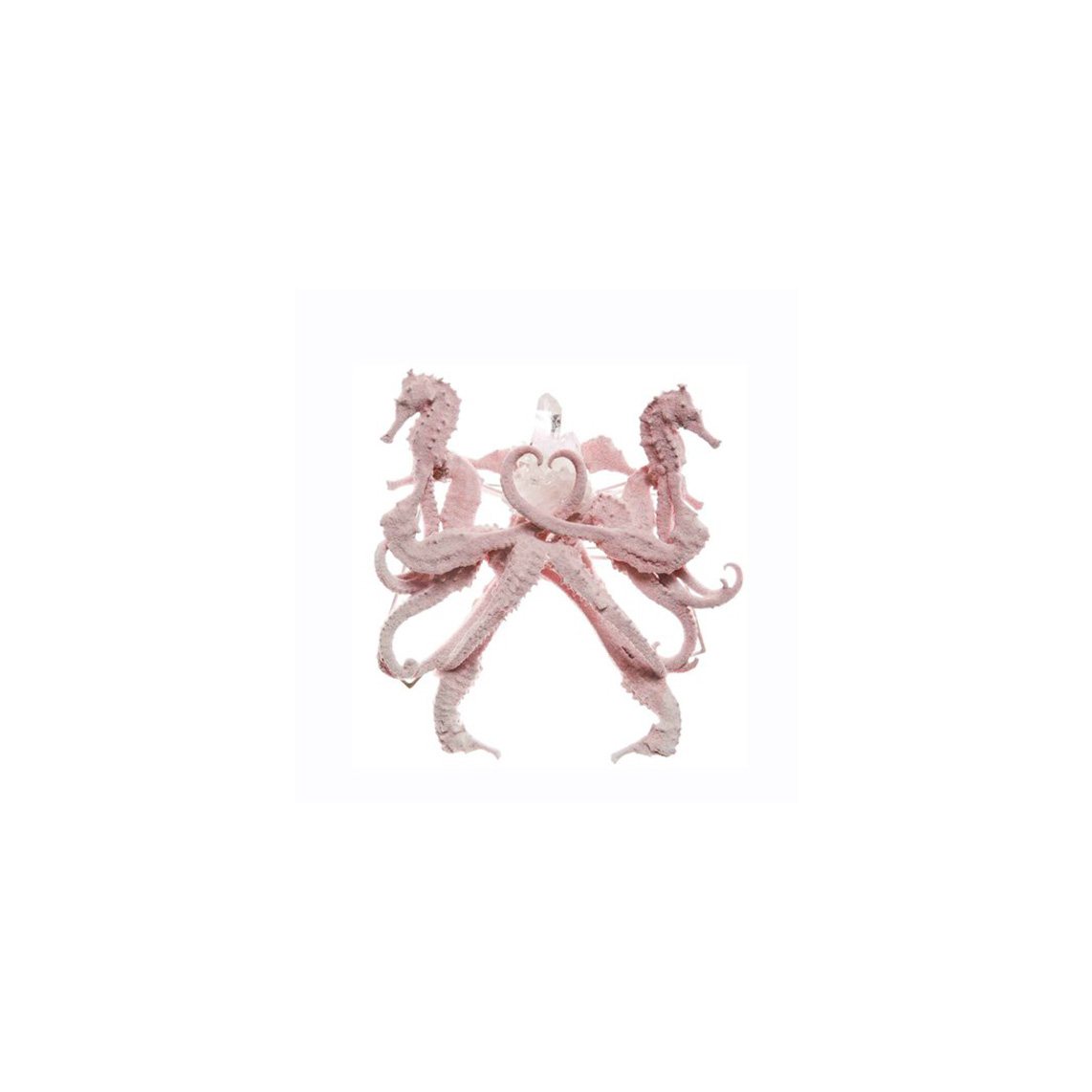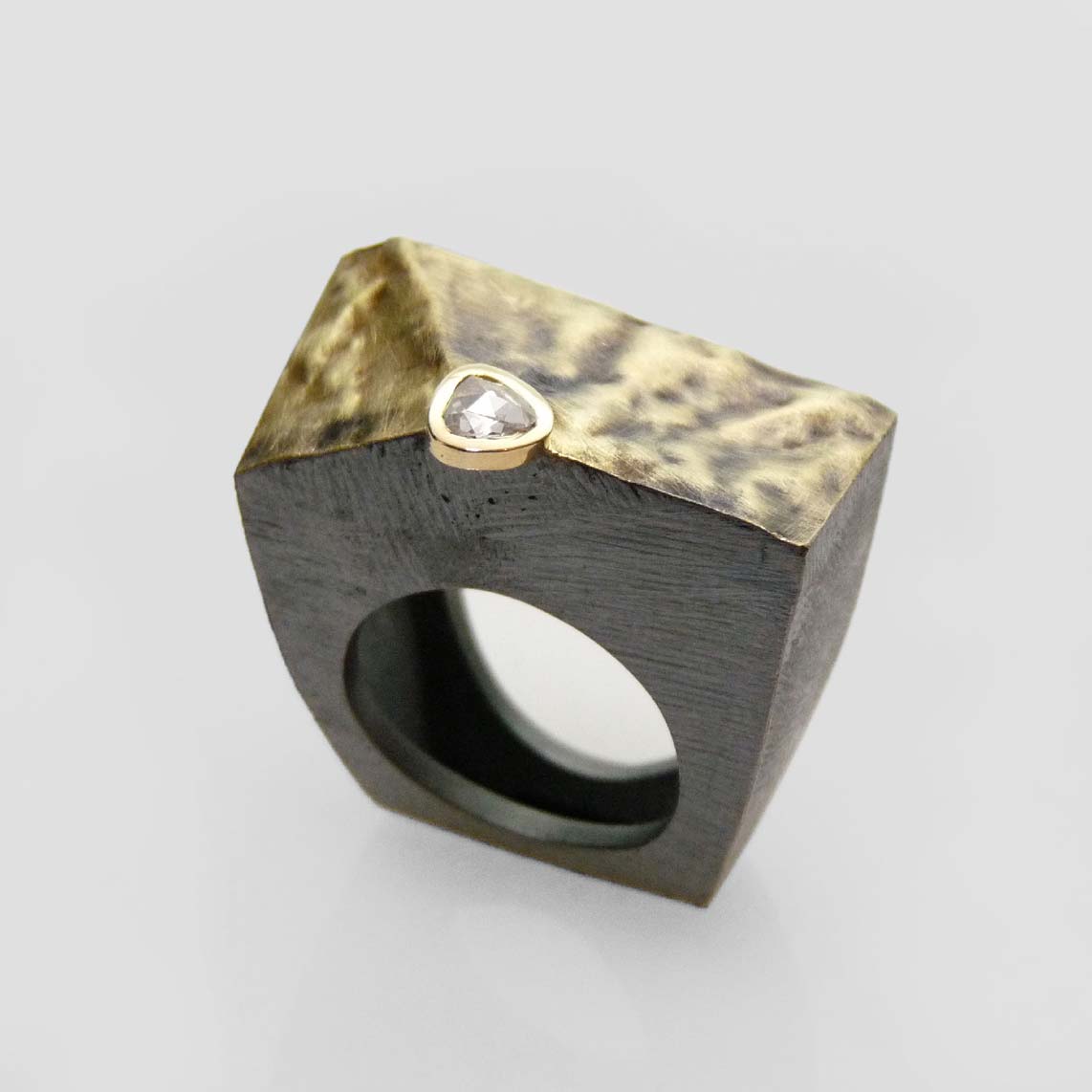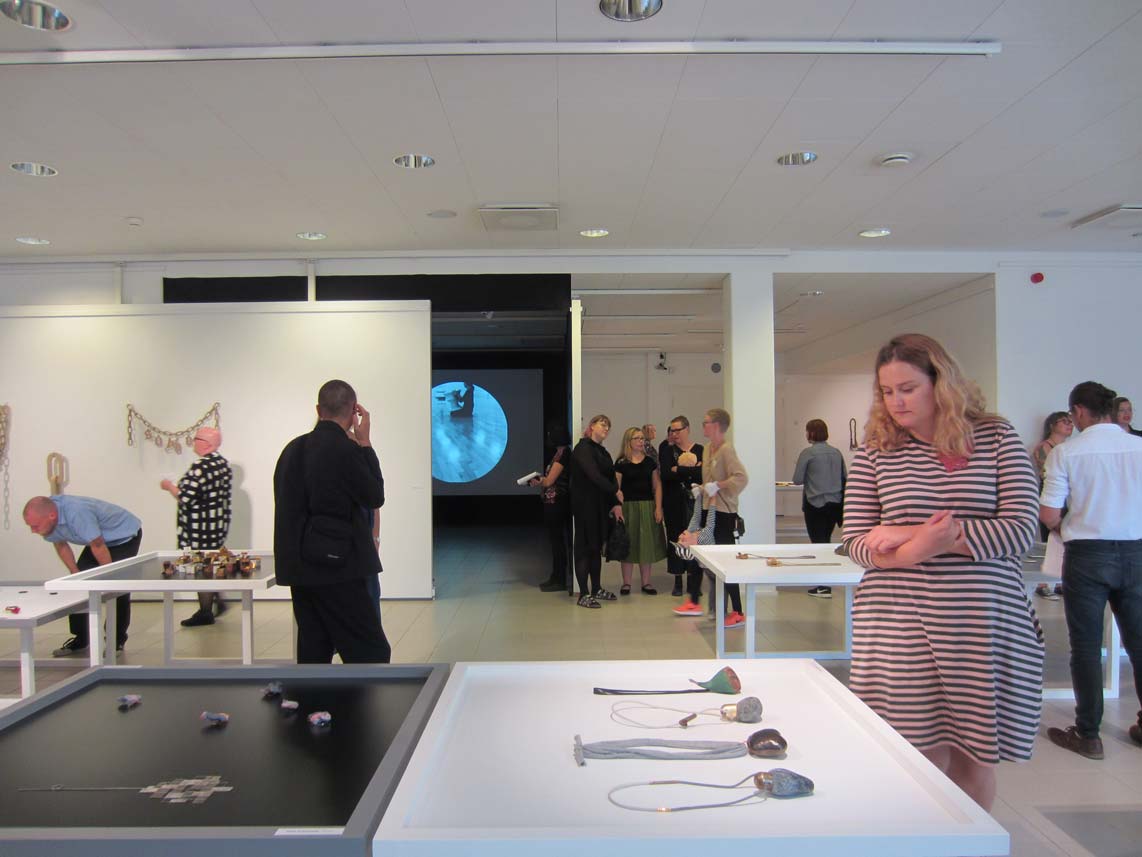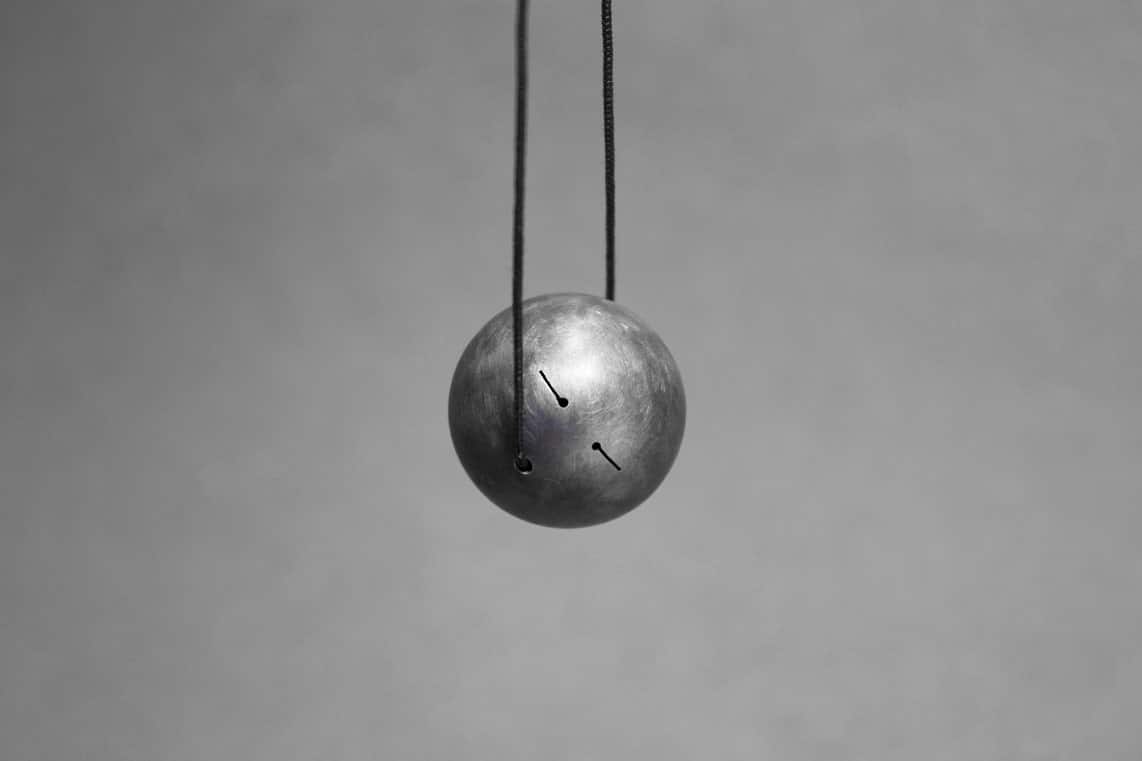Lucia Massei is a master of textures and contrasts. Necklaces, bracelets and brooches come together for the poetics of colour. It is a work that emphasizes wealth based on varied and expressive colours. The shapes are abstract, with pieces almost always in gold. She relies on yolks and pigments mixed with powdered marble, creating jewellery that resembles paintings.
In her work, colour and textures speak and sing as if they wanted to convey enchantments. Abstract fragments of great plastic wealth play with each other, entwined with textured grain. This work is worthy precisely due to the profusion of colour that has a poetic touch.
The jewellery of Lucia Massei is reminiscent of the abstract and expressionist painting of Jackson Pollock, a painter known for the action painting. Pollock’s work varies from Jung-esque scenes of primitive rites to purely abstract streaming paintings of his later career.
However, Massei’s jewels are not portrayed as hasty gestures like Pollock’s painting. They are delicate entities whose technique is diligent. If I say that they resemble Pollock’s gestural abstractionism, it is more due to their visual traits, colour and textures that argue within an apparent freedom.
Talking about Lucia Massei cannot follow the formal and dogmatic way of American critic Clement Greenberg, who wrote so much on Jackson Pollock. The pieces of Massei offer themselves to take interpretative routes with democratic freedom. They demand the establishment of dialogues with the reader and the user who are willing to interpret their strong expressive freedom, from the perspective of living aesthetic experiences. They display communicative motifs in art’s symbolic plane, in a poetic comprised of coloured and textured fragments that are arranged between themselves, speaking as instruments with their own intentions. The titles reveal, for the most part, these intentions.
Unlike any other, Massei’s jewels conquer their autonomy through an intersection. They account for a type of art with a half-breed nature. Therefore, this jeweller entangles and weaves a symbolic unpredictable terrain, with her communicative, poetic and symbolic-functional reasons, turning the craft into a creative arena. Articulately, she scatters traditions of artefacts that are typical of traditional jewellery. These jewels suggest tangibility, a word that points to something that we can touch and perceive with the senses. Furthermore, on the one hand, she gathers both reflection and doing, targeting principles of Enlightenment, who opposed intellectuality to handicraft. This way, this jeweller creates and thinks with her hands, as put, for instance, by the architect and professor Campo Baeza. On the other, she proposes aesthetic experiences in which touch may be important. We get what they tell us through the senses, having in mind their ways and impressions, and external sensations, until we pose the following: what does it mean?
Tangibly, we eventually realize the first covers of meaning. As if it were an interpretative adventure, as put by philosopher Jacques Rancière, we will reflect and decipher the directions of each piece. As proposed by Gerard Vilar, another philosopher who is a contemporary of ours, her works are like a vessel whose filling will never end, in other words we will address the one which has multiple senses.
In addition, this jeweller defies principles defended by Duchamp, when he opposed retinism – that is, the interpretation that only includes the vision – to reflexive thinking, taking into account that art must involve intellectual research and propose equally intellectual aesthetic experiences.
After obtaining a master’s degree at the Academy of Fine Arts in Florence, Italy, Lucia Massei founded and currently directs the Alchimia school in Florence, Italy, alongside Doris Maninger. It is an institution that trains many jewellers internationally acknowledged. This is a non-profit association that promotes jewellery events. Lucia Massei exposes regularly in several countries, teaches and conducts workshops in countries around the world, including Japan, Belgium, Spain, United Kingdom, Thailand, Austria, Netherlands, Israel, Greece, Denmark and the United States.
